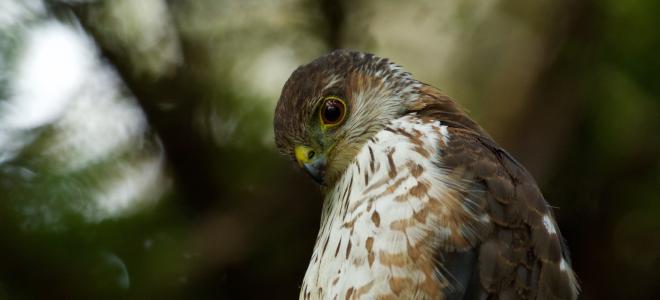Even before Hurricanes Irma and Maria, the entire recorded population of the Puerto Rican Sharp-shinned Hawk was just 75 individuals. Puerto Rican Sharp-shinned Hawks don’t migrate, nor are they found anywhere beyond their island stronghold. They depend entirely on the dense mountain forests of this Caribbean island for nesting and hunting.As soon as possible after Hurricane Maria, The Peregrine Fund team traveled to Puerto Rico to assess the status of the Puerto Rico Sharp-shinned Hawk and its forest habitat. What we found was devastating. Hundreds of trees had been felled by strong winds and rain, and of the estimated 75 individual hawks, only 19 were found. The hurricane also impacted songbird populations—an important food source for this small raptor.
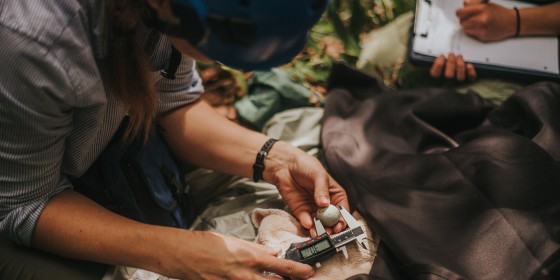
Amanda Hancock
Our Solutions
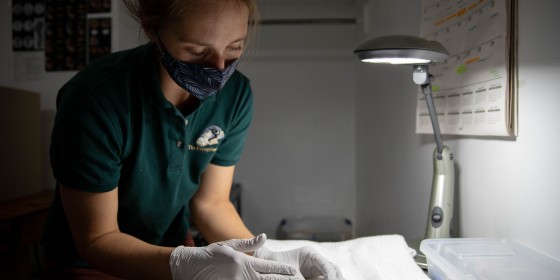
Daria Taylor
Our Solutions
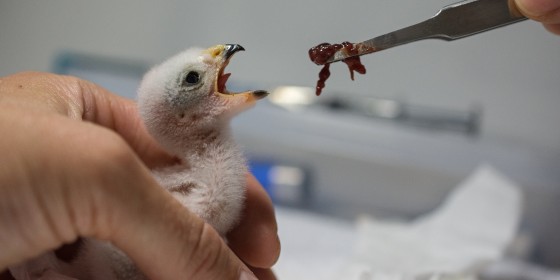
Jan P. Zegarra
Our Solutions
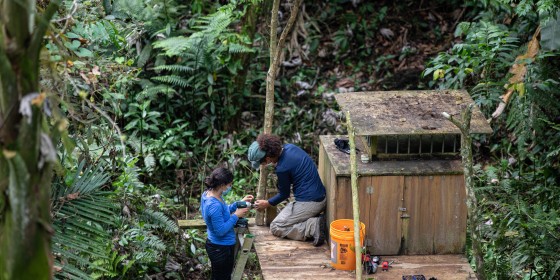
Daria Taylor
Our Solutions
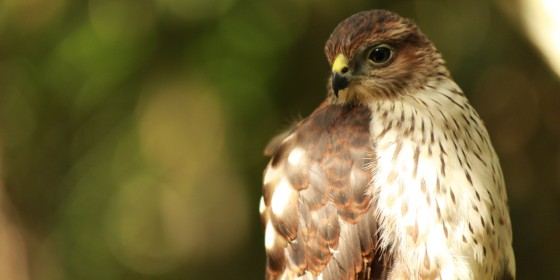
Hana Weaver
